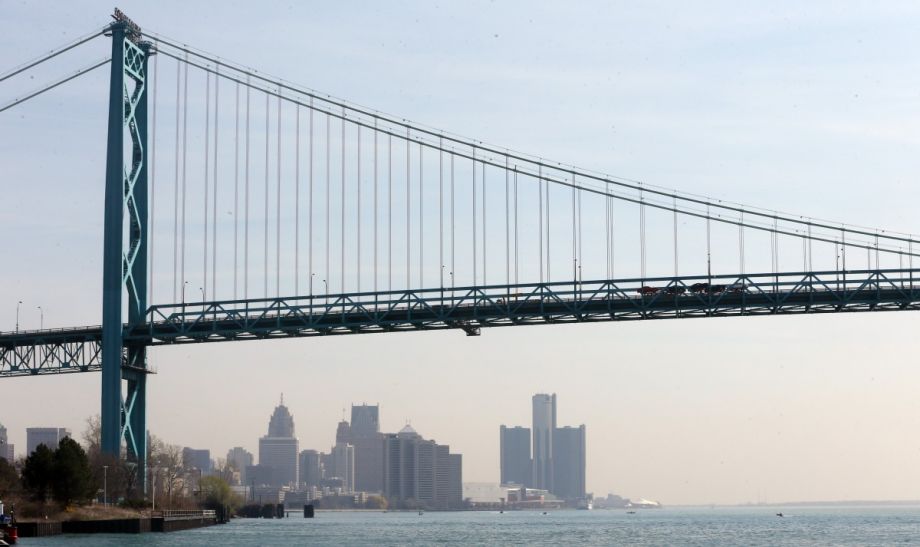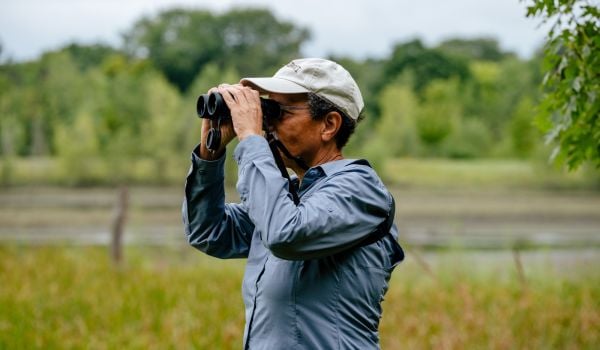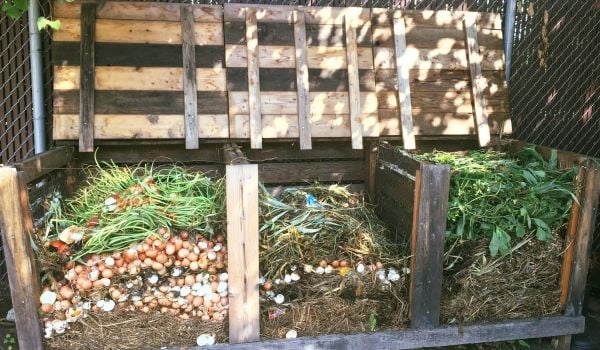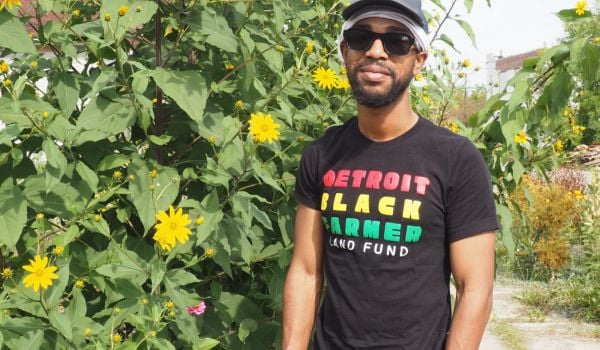Even in an era of dismal investment in public infrastructure, a major new $2.1 billion bridge between Detroit and Windsor, Ontario, is on its way to radically transforming the Motor City’s skyline. It will be the twin of the existing Ambassador Bridge, which stretches over the Detroit River and is the busiest international crossing in North America. At about 2 miles in length, the new bridge is expected to be one of the five longest spans on the continent.
Dubbed the Gordie Howe International Bridge in honor of the Canadian who had a legendary career on the Detroit Red Wings, the bridge has a long and complicated backstory that dates back to 2004. Its unlikely manifestation is evidence that some people, at least, still believe that infrastructure can be the foundation of exciting and transformative public policy.
The new bridge will significantly amplify Michigan’s role in international trade. Three architectural teams are currently bidding on the bridge’s final design, which will be either a suspension bridge, like the Ambassador, or a cable-stayed bridge that uses a giant A-frame; we’ll know by the end of this year. Bike paths and pedestrian lanes have also been proposed for the bridge; they aren’t currently available on the Ambassador.
The Canadian quasi-public Windsor-Detroit Bridge Authority, with about 40 staff members, is managing the project, which is expected to open to six lanes of traffic in 2020. (The Ambassador has four lanes.) It’ll take about half a million tons of concrete, 22,000 tons of steel and up to 5,000 tons of bridge cables to get there. Construction won’t begin until at least 2017, but in Ontario, work is already beginning on prepping the landing point of the bridge in Windsor, including utility relocation and the building of a perimeter access road. The Canadian city is also looking for new homes for rare plants and animal species that will be displaced by the development, including Eastern fox snake and Kentucky coffeetree. An almost incredible 100,000 species have already been relocated.
Matty Moroun is the billionaire Mr. Potter-like private owner of the Ambassador Bridge, and he and his family have long fought to torpedo the Gordie Howe project. His significant political donations to Michigan legislators appears to have tempered any interest in Lansing in initiating the project; it only took off after Canada agreed to foot the bill not only for Michigan’s $550 million share of the bridge construction, but also for the building of customs plazas on both sides of the international border. The bill for the American plaza is expected to be $250 million. Canada anticipates being paid back with many years of U.S. tolls.
Moroun’s biggest gambit was in building a replacement bridge himself, right next to the ambassador. He even assembled land for it, but has since stalled. Over the years, Moroun has been challenged by authorities in both Windsor and Detroit for neglecting the property he owns — most infamously, the Michigan Central train station in Detroit, which has been vacant since 1988 — perhaps in hopes of being permitted to tear them down (the “demolition by neglect” strategy). The increased security and new windows that have appeared at the Detroit train station may well have been a tactic to better his chances of winning the bridge battle. His private second span would rely on numerous approvals from many levels of government.
But the Gordie Howe bridge isn’t in the clear yet. Among other challenges, some officials worry that the falling value of the Canadian dollar could lead to billions in cost overruns. Some leaders fret that delays in the design bidding process will prevent the bridge from opening by 2020.
And then there is Delray, the tight-knit residential neighborhood in southwest Detroit that has taken hit after hit from industry and environmental degradation. It sits near a steel foundry and a Marathon Oil foundry, among other things.
Delray will host the Detroit end of the bridge, and the community is determined to assert their rights in the development process. The Michigan Department of Transportation is now at work in purchasing property from residents to assemble land for a U.S. customs plaza. It needs about 700 to 800 parcels for the project, about 310 of which are either residential properties or lots. About 60 are commercial sites, and the rest are city-owned or under the auspices of a public land bank. Some of it, alas, is owned by Moroun. Of the residential sites about 150 were occupied as of late 2015; the rest were vacant.
The bridge project isn’t a success until it shows how it can partner with residents, rather than railroad them (or is it “bridge” them?). In addition to fair housing deals, which may take years, the city councilwoman representing Delray residents is pushing to make sure that the neighborhood is appropriately buffered from the noise and pollution of heavy truck traffic coming off the bridge. About 10,000 trucks a day heave off the Ambassador Bridge and bump over the streets of Delray; the new bridge is expected to double that.
Locals have also been pushing for a community benefits agreement that ensures that the bridge is a boon to Delray. They organized as the Southwest Detroit Community Benefits Coalition, and they point to successful models for this that came along with the development of the ports of Long Beach and Los Angeles. From a humane standpoint, it’s hardly too much for residents to ask for, say, tree planting to help mitigate air pollutants and funds for building renovation.
Activists have also questioned how homes purchased for the bridge project are offered contemporary market value — which is depressed for a number of reasons, and will, naturally, be much higher in a few years when the bridge project and customs plaza takes shape. That’s effectively giving residents an incentive to hold out.
To further support the residents of Delray, as well as those in other neighborhoods that are facing fast-moving transformation, Detroit should adopt a citywide community benefits ordinance, which gives the community a formal way to negotiate development in their neighborhood so that it is beneficial for all involved. It would also influence the mentality of developers, who will understand that they need to listen to resident input from the very beginning — rather than tack it on at the backend — and integrate their ideas into their plans. If we’re all going to live next to each other, we need to be working together. And as Detroit promotes itself as the “comeback city,” it needs to ensure that no one is left behind. This is a powerful way to make sure it happens.
The Works is made possible with the support of the Surdna Foundation.

Anna Clark is a journalist in Detroit. Her writing has appeared in Elle Magazine, the New York Times, Politico, the Columbia Journalism Review, Next City and other publications. Anna edited A Detroit Anthology, a Michigan Notable Book. She has been a Fulbright fellow in Nairobi, Kenya and a Knight-Wallace journalism fellow at the University of Michigan. She is also the author of THE POISONED CITY: Flint’s Water and the American Urban Tragedy, published by Metropolitan Books in 2018.
Follow Anna .(JavaScript must be enabled to view this email address)





_600_350_80_s_c1.JPEG)











